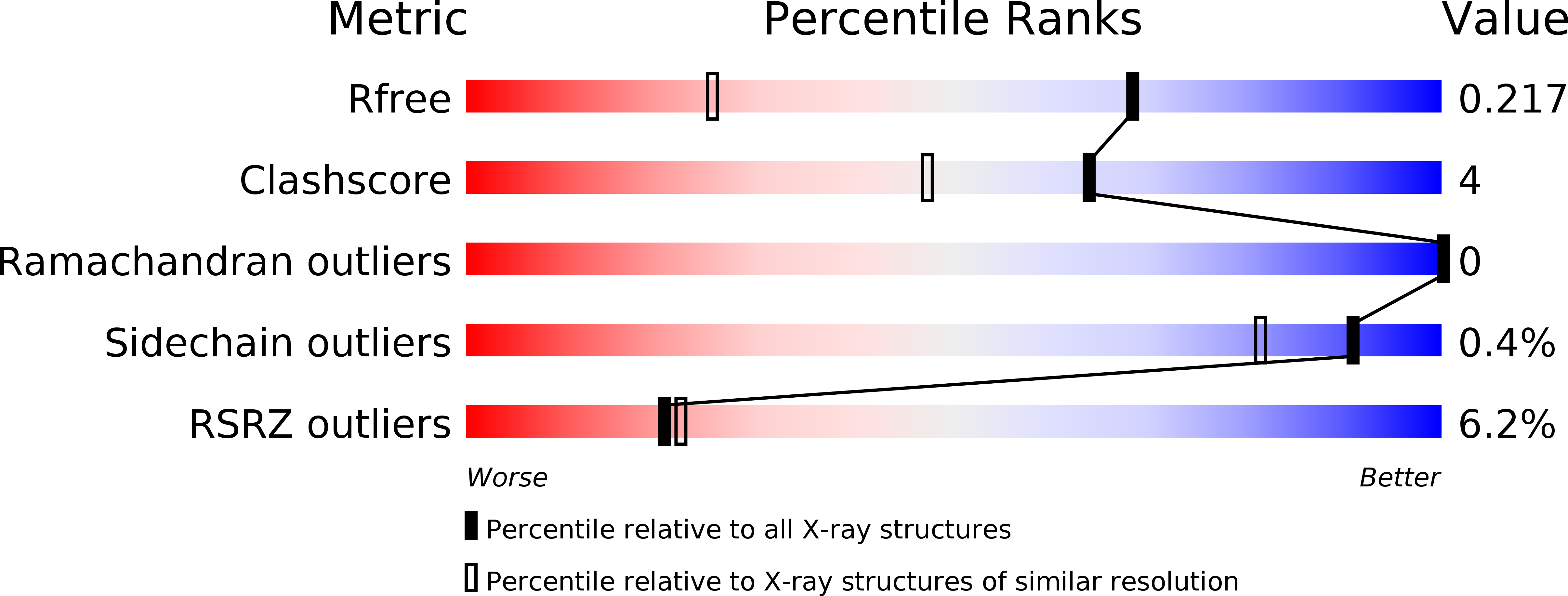Abstact
The thymine analog 5-chlorouridine, first reported in the 1950s as anti-tumor agent, is known as an effective mutagen, clastogen and toxicant as well as an effective inducer of sister-chromatid exchange. Recently, the first microorganism with a chemically different genome was reported; the selected Escherichia coli strain relies on the four building blocks 5-chloro-2'-deoxyuridine (ClU), A, C and G instead of the standard T, A, C, G alphabet [Marlière,P., Patrouix,J., Döring,V., Herdewijn,P., Tricot,S., Cruveiller,S., Bouzon,M. and Mutzel,R. (2011) Chemical evolution of a bacterium's genome. Angew. Chem. Int. Ed., 50, 7109-7114]. The residual fraction of T in the DNA of adapted bacteria was <2% and the switch from T to ClU was accompanied by a massive number of mutations, including >1500 A to G or G to A transitions in a culture. The former is most likely due to wobble base pairing between ClU and G, which may be more common for ClU than T. To identify potential changes in the geometries of base pairs and duplexes as a result of replacement of T by ClU, we determined four crystal structures of a B-form DNA dodecamer duplex containing ClU:A or ClU:G base pairs. The structures reveal nearly identical geometries of these pairs compared with T:A or T:G, respectively, and no consequences for stability and cleavage by an endonuclease (EcoRI). The lack of significant changes in the geometry of ClU:A and ClU:G base pairs relative to the corresponding native pairs is consistent with the sustained unlimited self-reproduction of E. coli strains with virtually complete T→ClU genome substitution.



